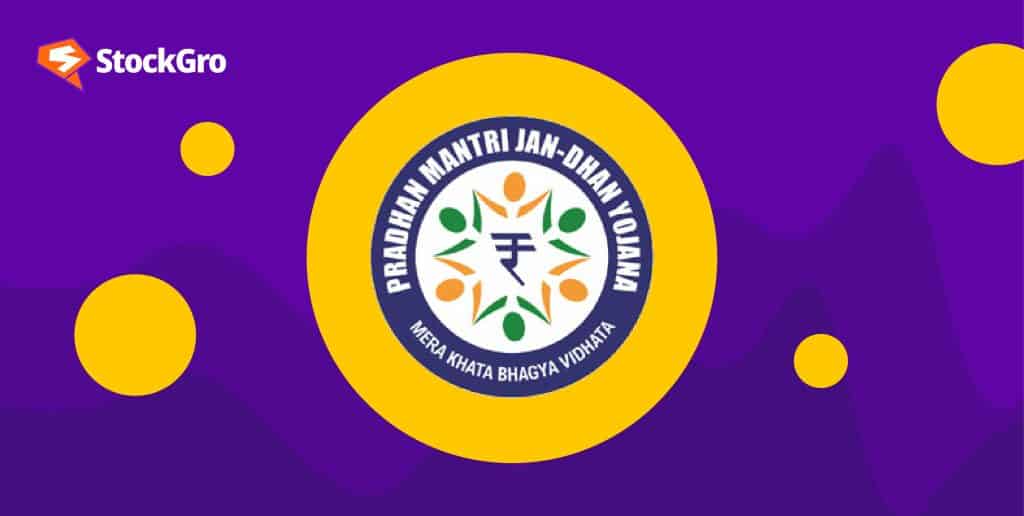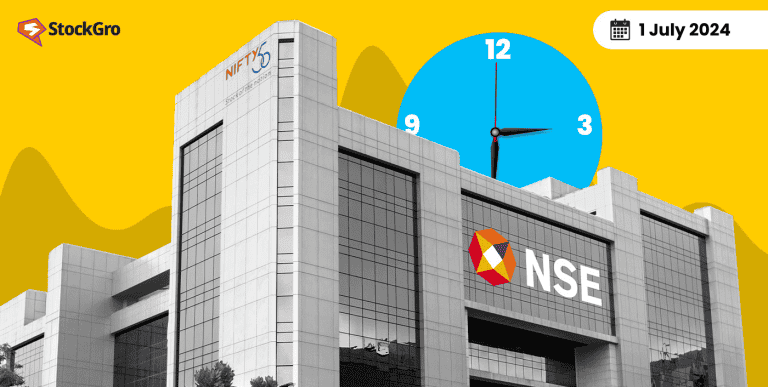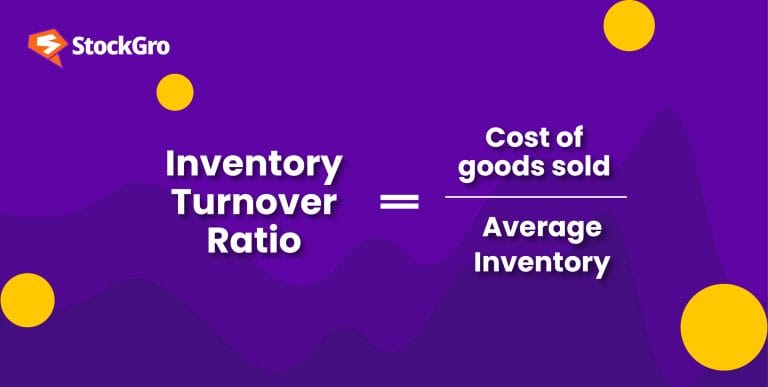
August 28, 2014, was the date when Pradhan Mantri Jan Dhan Yojana was launched by PM Modi. This is one of the biggest global initiatives to support financial inclusion. This program’s inclusive approach assures comprehensive financial services for all Indian households.
The programme is designed to give everyone a rudimentary bank account, an overdraft facility and a RuPay debit card. It also seeks to increase people’s financial awareness and offer them credit, insurance and old age benefits. As of June 19th, 2024, around Pradhan Mantri Jan Dhan Yojana initiative has been availed by approximately 52.50 crore individuals.
This article contains eligibility criteria and some benefits associated with this yojna.
What is Pradhan Mantri Jan Dhan Yojana?
Pradhan Mantri Jan Dhan Yojana (PMJDY) is an effort to get Indian households into the official banking system. No matter how many primary bank accounts a household has, the primary goal of the Pradhan Mantri Jan Dhan Yojana is to give them access to banking. It also emphasises access to credit, insurance, and pension facilities as well as financial literacy.
Pradhan Mantri Jan Dhan Yojana has been launched for a single purpose:
- Providing access to basic savings bank account
- Offering need-based credit facilities
- Facilitating remittance services
- Providing insurance and pension coverage
- Targeting financially excluded weaker sections and low-income groups
You may also like: Empowering small businesses: A dive into government loan schemes in India
Pradhan Mantri Jan Dhan Yojana benefits
The following are a few special advantages of the Pradhan Mantri Jan Dhan Yojana (PMJDY):
- Interest on deposits: The Pradhan Mantri Jan Dhan Yojana accounts offer interest on deposits, meaning people who own them can benefit from them.
- Accidental insurance cover: Up to ₹1 Lakh in accidental insurance coverage is available for the RuPay card (up to ₹2 Lakh for newly opened accounts after 28.8.2018).
- Zero minimum balance requirement: Several banks have waived off the minimum account balance criteria for opening a PMJDY account, which means you don’t need to keep any money in your account as long as you use it.
- Life insurance: A life insurance cover worth ₹30,000 will be given to all individuals with accounts under this scheme.
- Easy fund transfers: Through PMJDY, people in any part of India can send or receive money quickly and without limitations.
- Direct benefit transfer (DBT): Government schemes transfer DBTs straight into the bank accounts of PMJDY holders.
- Overdraft facility: If customers have been good clients for six months, they may qualify for overdraft at their respective banks. It adds convenience in case of an emergency since there is no time wastage while looking for other sources of funds.
- Access to pension and insurance products: One can access pension and insurance products with ease if he/she has a PMJDY Account
- Active card usage: One must use her RuPay Debit Card at least once every 45 days to avoid becoming inactive in PMJDY or else;
- Household overdraft limit: An overdraft limit not exceeding ₹5000 per household shall be provided against Lady’s name only
Also read: The Mudra Yojana scheme: A lifeline for women entrepreneurs in India
Eligibility of Pradhan Mantri Jan Dhan Yojana
The criteria which must be met to become a PMJDY beneficiary are as follows:
- The beneficiary should be an Indian citizen.
- Individuals should be above ten years old.
- The applicant should not have an existing bank account.
How to apply?
The steps for applying for Pradhan Mantri Jan Dhan Yojana online are as follows:
- Visit the bank’s official website to initiate the PMJDY account opening process.
- Find the PMJDY or financial inclusion section on the bank’s home page. You might find it under savings accounts or special schemes.
- Fill in the personal information such as name, address, date of birth and Aadhaar Number correctly online in the application form. Ensure all information matches your identification documents.
- If you want to upload scanned copies of any documents required, you must have an Aadhaar card or some other valid form of ID and proof of your residence. Make sure that the copies produced are visible and readable.
- Once you’ve looked over the information, just make any needed adjustments and then go ahead and submit the application form. After you’ve completed the process, you’ll get either a receipt confirming your submission or a reference number to check your application status.
- The bank will check your documentation and details. Once confirmed, your online Pradhan Mantri Jan Dhan Yojana account will be opened, and you’ll be delivered with the account details and RuPay debit card either through post or by mail. You may need to come to the branch for the same.
Further reading: PMRY: Guide to the central government loan scheme for unemployed youth
Bottomline
Pradhan Mantri Jan Dhan Yojana not only empowers individuals with financial instruments but also significantly drives economic growth and social upliftment.
PMJDY is a foundation block in India’s overall objective of inclusive growth and financial stability for all its citizens by bringing together the formal and financially excluded banking systems.
FAQs
- What is the Pradhan Mantri 6000 scheme?
The Pradhan Mantri 6000 programme, frequently entitled the Pradhan Mantri Kisan Samman Nidhi (PM-Kisan) Yojana, is a government effort to help farmers in India financially. Under this programme, suitable cultivators are accorded ₹6,000 yearly in three equal tranches of ₹2,000 each. The money is transferred directly into the beneficiaries’ bank accounts as a measure to supplement their farming incomes and promote improved crop output.
- What are PM-KISAN 3000 rupees?
The PM-KISAN ₹3000 scheme refers to the Pradhan Mantri Kisan Maandhan Yojana (PM-KMY), a pension scheme that targets small and marginal farmers in India. The plan guarantees that at the age of 60, qualifying cultivators will be paid a monthly sum of ₹3000 as their pension by the government, which will also match their contributions with an equal amount to ensure financial security and stability in their old age.
- Can I open two Jan Dhan accounts?
Opening two Jan Dhan accounts is not allowed. The Pradhan Mantri Jan Dhan Yojana (PMJDY) aims to bring about financial inclusion by encouraging every individual to own a basic savings bank account only. However, one person is not permitted to have multiple accounts in this scheme. In case anyone is discovered with more than one Jan Dhan account, the banking standards may necessitate the closing of such an account or even imposing relevant penalties.
- What are the limitations of Pradhan Mantri Jan Dhan Yojana?
Some limitations exist concerning the Pradhan Mantri Jan Dhan Yojana (PMJDY). However, despite its extensive outreach, numerous accounts remain inactive, and overdraft facilities are underutilised. In addition, multiple obstacles are encountered within the program, like inadequate financial awareness, which is prevalent among its beneficiaries; the rural areas have very limited banking infrastructure, making it difficult for people to access their services while account maintenance issues persist. The potential of such a program to promote financial inclusion and economic stability can be hindered by these circumstances.
- What is the difference between a Jan Dhan account and a normal bank account?
Jan Dhan’s account is a basic savings account that targets and includes economically weaker sections of society by providing them with zero balance, a RuPay debit card, accidental insurance, and an overdraft facility. On the other hand, a regular bank account requires a certain minimum balance and offers wider banking services while including advantages such as international debit cards and higher transactional limits. Jan Dhan accounts aim to bring unbanked individuals, especially those in rural areas and underprivileged regions, into the formal financial system.

